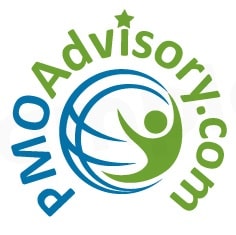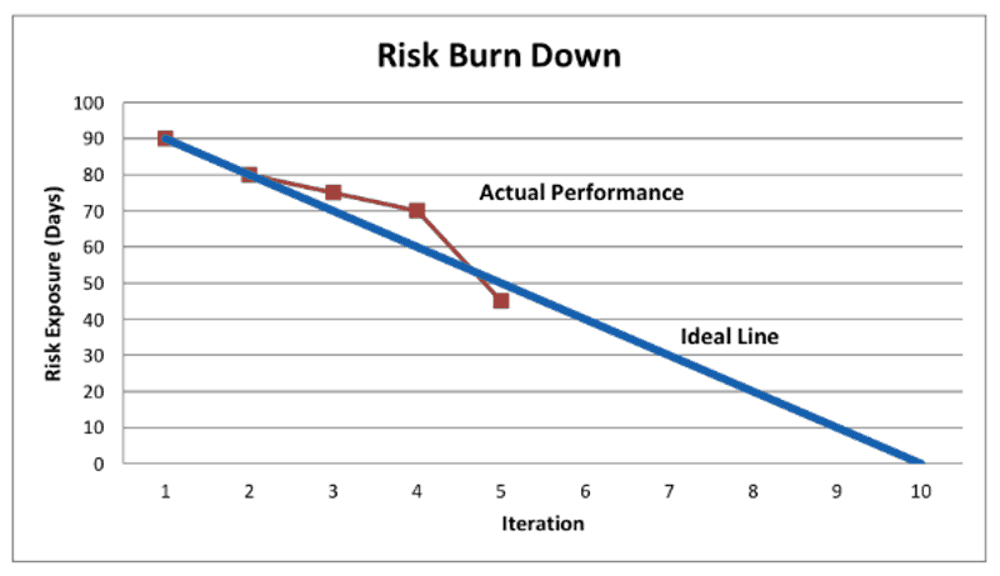![]() This is Part II, you can read Part I by clicking here. Risk Management is built into Agile Practices. It is integrated in Agile, but not transparent. It is important that we make it transparent, so it may be effective. Risk is constantly reviewed throughout the project. Risk is related to customer value. Risk and value are evaluated together for the project. The product backlog should be reviewed and adjusted based on risk. (This is called the risk adjusted backlog.)
This is Part II, you can read Part I by clicking here. Risk Management is built into Agile Practices. It is integrated in Agile, but not transparent. It is important that we make it transparent, so it may be effective. Risk is constantly reviewed throughout the project. Risk is related to customer value. Risk and value are evaluated together for the project. The product backlog should be reviewed and adjusted based on risk. (This is called the risk adjusted backlog.)
I am often asked how to adjust a backlog for risk. At a most basic level, one may add a risk column to the backlog (usually in a spreadsheet format). Then, as one would do for estimating, use a simple evaluation of High, Medium, or Low risk to denote the uncertainty of each feature (or user story) in the product backlog. With this fairly minor level of effort, the customer (or product owner) can use this information to prioritize the product backlog, with not only value, but also risk.
Another way to integrate risk management in agile is by using the Risk Burn Down Chart (see Figure 6 below). To note, as the project progresses, risk decreases.
Figure 6. Risk Burn Down Chart. *
*Reference: Cagley, T., (10/42013) Agile and Risk Management: Prioritization and Measurement Techniques, Part 2, Retrieved from: https://tcagley.wordpress.com/2013/10/04/agile-and-risk-management-prioritization-and-measurement-techniques-part-2/
Keep in mind that the Agile team’s assessment in regards to risk management is done of the team and done by the team. This should be part of the iteration retrospective.
Agile Risk Management Implementation. To successfully manage risk for an Agile project involves risk identification by everyone on the team, not only the PM. It also entails being conscious of risk, intentional about risk planning, completing risk assessment as a separate process from risk identification. It also entails planning, including the following:
- Using iteration planning meetings to manage iteration risks
- Team communicates with Customer- escalating high risks
- Work with the Customer to identify concerns and reduce risk
As noted above a risk adjusted product backlog should be used for the project. Daily Stand-up meetings are used to identify project risks (barriers or impediments). The project manager (or team facilitator, or Scrum Master) will then work with the project team to develop risk response plans for the project risks, which will likely result in an update to the product backlog. A Spike may also be used for implementing a risk response strategy (for example, mitigation).
The iteration review/ Retrospective is another area where risk management can be implemented for an Agile project. Within the iteration review/ retrospective, we can evaluate how risks were handled and which issues may have been identified as risks before they occurred.
SUMMARY OF AGILE RISK MANAGEMENT
In summary, Agile Risk Management is about incorporating risk management into the Agile approach as part of the iterative process to increase the likelihood of achieving product goals (or benefits), which add value for the customer, and decrease the likelihood that a threat risk would become a future problem. In short, Agile Risk Management is everyone’s job and it starts with you! – Susan Parente, PMP, PMI-RMP, PMI-ACP, PSM I, CSM, CSPO, CISSP, CRISC, RESILIA, ITIL, MS Eng. Mgmt.
In response to the growth in adoption of Agile Project Management, Susan Parente and PMO Advisory, a PMI® (Project Management Institute) Registered Education Provider and New Jersey’s leading project management training & consulting firm, is regularly delivering a 1 Day Agile & Scrum Fundamentals Workshop and a 2 Day PMI-ACP (Agile Certified Practitioner) Certification Prep Course. Both courses are offered regularly at the PMO Advisory training center in New Jersey and to people everywhere live instructor led online.
With our 1 Day Agile & Scrum Fundamentals Workshop our proprietary approach to hands on learning will give you the ability and confidence to implement Agile methodologies on your first day back in the office. Our 2 Day PMI-ACP Certification Prep Course is designed to enable you to pass the Project Management Institute’s Agile Certified Practitioner’s exam on the first try. Click here to learn more, our next scheduled courses, and to receive a discount coupon for either our 1 Day Agile & Scrum Fundamentals course or our 2 Day PMI-ACP Certification Prep course.

